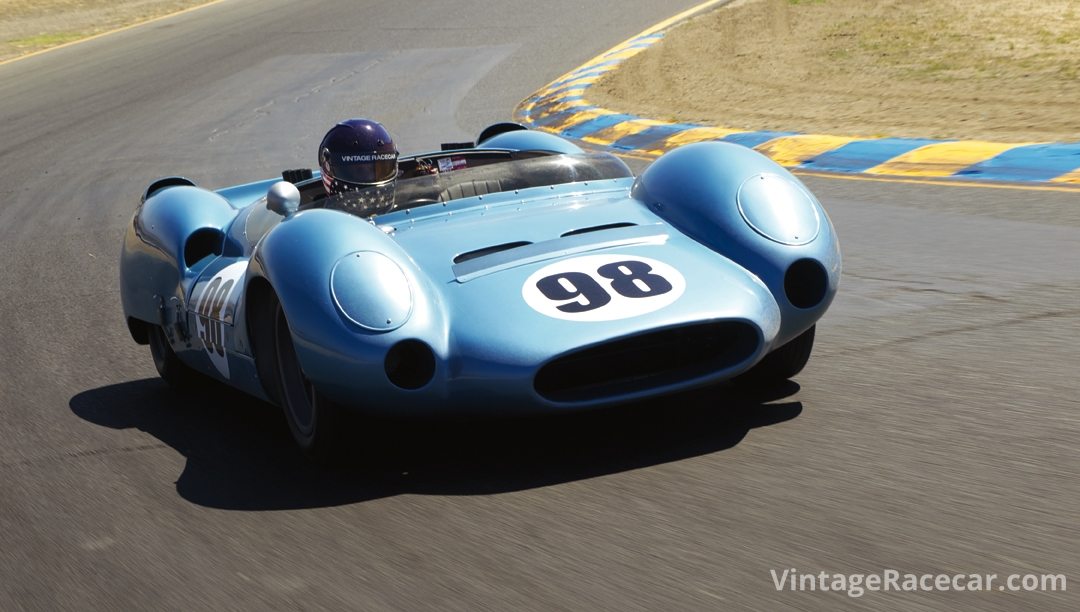Each February, we devote a special section of the magazine to the issue of safety and safety gear. This year, you’ll find a special news section highlighting all of the most recent technological developments unveiled at this year’s Performance Racing Industry show, as well as a buyer’s guide to the latest racing boots and gloves on the market. Elsewhere in this issue, you’ll also find a fascinating interview with safety gear pioneer Bill Simpson highlighting his own racing career, as well as NASA’s role in racing safety development and what he sees as the technological innovations that might revolutionize the future of safety gear. Hopefully, this issue will inspire you to take a moment and reassess your own gear, before the start of the new season.
I’ve always taken a certain amount of satisfaction in producing these annual safety gear issues, as I’ve always felt strongly that, even though we may be racing historic cars, this shouldn’t mean that we have to also sacrifice the decades of safety advancements that the sport has spawned, since these cars were new. People died, on a regular basis, racing our cars. But science and technology have given us the tools to escape that fate…or have they?
No Subscription? You’re missing out
Get immediate ad-free access to all our premium content.
Get Started



